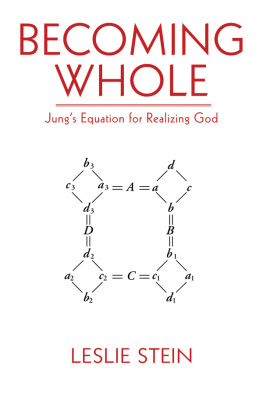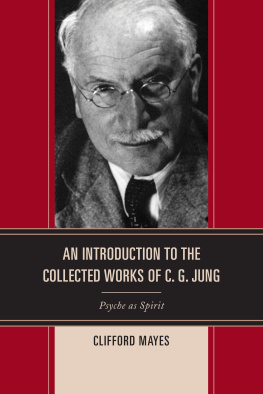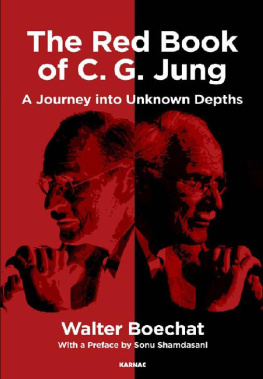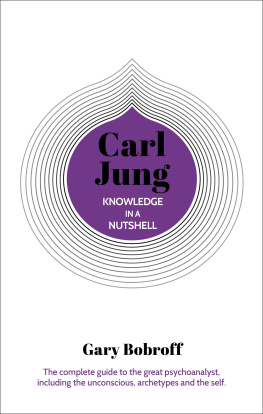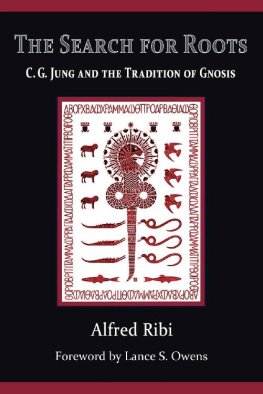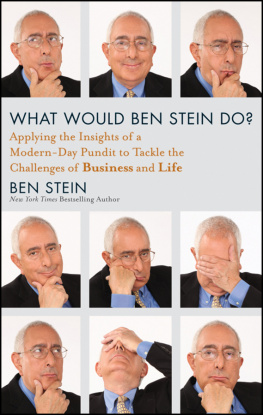Copyright 2012 by Leslie Stein
All Rights Reserved. No part of this book may be reproduced in any manner without the express written consent of the publisher, except in the case of brief excerpts in critical reviews or articles. All inquiries should be addressed to Helios Press, 307 West 36th Street, 11th Floor, New York, NY 10018.
Helios Press books may be purchased in bulk at special discounts for sales promotion, corporate gifts, fund-raising, or educational purposes. Special editions can also be created to specifications. For details, contact the Special Sales Department, Arcade Publishing, 307 West 36th Street, 11th Floor, New York, NY 10018 or .
Helios Press is a registered trademark of Skyhorse Publishing, Inc., a Delaware corporation.
Visit our website at www.skyhorsepublishing.com.
10 9 8 7 6 5 4 3 2 1
Library of Congress Cataloging-in-Publication Data is available on file.
ISBN: 978-1-61145-476-5
Printed in the United States of America
For Rix Weaver
That which is Immortal in mortals and possessed of Truth is a God and established inwardly as an energy working out in our Divine Powers.
Rig-Veda IV, 2.1
PREFACE
T he works of Carl Jung are often so interlaced with esoteric language and imagery that there is a tendency, if the waters become too deep, to ignore the intricacies and read the words as a narrative. It was in this manner some thirty years ago that I first read the equation that is set out in Volume 9ii of Jungs Collected Works. It appeared interesting, but was too strange and the language too obtuse and overly detailed to give it more than a cursory look and a nod of the head acknowledging that here lies something profound.
Some fifteen years later, having studied Jungs works more intensely, I picked the equation up again and started drawing inferences as to what it might mean by reading passages from his other works and letters. I realized that I was suffering from that very strong tendency in reading Jung of picking passages that were written in a specific context for other purposes and coming to conclusions, when to do so would be to misunderstand the equation. I put the equation aside for another day.
In the ten years I spent learning from and being trained by my mentor and analyst, Rix Weaver, I observed that she would periodically go into retreat, working in a way unknown to me with the teachings of Ibn Al-Arab, the twelfth century Sufi mystic, under direction, until his death, of the Sufi teacher Imam Bulent Rauf. This was more a curiosity to me, as she would never speak of her work with Rauf except to say that Ibn AlArab and Jung spoke the same language but with different words.
Some years after her death, to satiate that curiosity, I picked up the Bezels of Wisdom of Ibn Al-Arab, and there, to my surprise, appeared to be the same formula used in the equation in Aion. Further study of Ibn Al-Arab led me back to Jungs equation and the start of this enterprise to unravel it.
The equation presents the journey that can be be taken by an individual to develop what Jung called the Self, which is the intimation we all have of wholeness or the awareness of some transcendent other that then occupies the foreground while other issues recede into the background. It is both a psychological journey and a mystical path. Jung was adamant that he was not a mystic and his equation was an empirical finding but Ibn AlArab was a mystic and together both ends of the spectrum give the equation its power as the most profound explanation of the possibilities for a lifes work.
It should be added that the richness of Jungs symbolism and his intense scholarship suggest that there must be nuances in his work that have escaped this analysis because Jungs work is double-bottomed: there is always a point beyond the point he makes.
This book is dedicated to Rix Weaver in recognition of her being able to hold the two worlds of psychology and spirituality in her grasp: she loved Jung and was enthralled by Ibn Al-Arab and modelled for all that there is room for both in an open heart.
I want to thank my wife, Dr. Miriam Stein, who discussed every word, even when I woke in the middle of the night with an insight as to what the equation meant. I also want to thank Dr. Sanford Drob in New York for taking the time to discuss with me the interaction between the equation and Kabbalah and Dr. David Johnston in Vancouver, who is steeped both in Jung and Sri Aurobindo and who helped me think through many issues. My thanks to Robin Brown, who meticulously edited the work. As well, I want to thank the staff at the Kristine Mann Library at the C.G. Jung Institute in New York and the Sri Aurobindo Library in Pondicherry, India, for finding that little extra that I could not find myself.
Leslie Stein
New York City
June 24, 2011
INTRODUCTION
T his book concerns the sense of wholeness that arises in us from time to time that C.G. Jung calls the presence of the Self. In all cultures, that sense of wholeness and the peace that ensues is attributed to a higher power and therefore an image of God will arise in our minds. Christ, for example, is a prime symbol of the Self.
The contribution of Jung is not just in naming the Self as an aspect of our psychology but, in what appears to be a mathematical equation, explaining how the Self arises in us, what is necessary for it to develop and strengthen over time, and its ultimate purpose for us and society.
The equation is set out in Jungs opus Aion: Researches in the Phenomenology of the Self Jung traces how the Self is equated with an image of God, the Imago Dei as he refers to it, in the Judeo-Christian tradition and how that image has changed over centuries.
In a chapter of Aion headed The Structure and Dynamics of the Self, Jung illustrates how symbols of the Self are also found historically in other structures that convey a unity, such as a
When he first developed the equation some years before he wrote Aion, he remarked in a letter to the Catholic priest Victor White that it was hellishly important and logically watertight. Yet, for at least forty years after it was published in 1951, the equation received little attention in the Jungian and psychological literature and still, in the last few decades, remains relatively neglected despite the fact that for Jung it appears to be the highest synthesis and exposition of the transformation process of the Self.
It can only be assumed that the main reason for the equations relative obscurity and lack of attention is its extreme complexity. As Barbara Hannah, a colleague of Jung, states in reference to this chapter of Aion: [t]his part requires reading very carefully and repeatedly and is very difficult to summarize. In addition, in respect of the equation, the Gnostic material Jung employs in discussing the Self is cryptic and dense, making it challenging to derive its meaning and its interrelationship with the alchemical concepts he also analyzes.
This critical equation is:
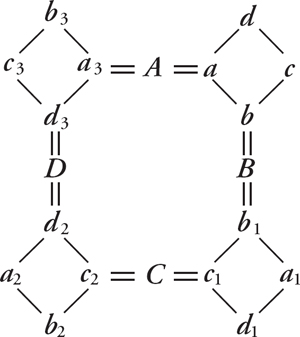
This is not an equation that gives up its secrets easily; in fact, Jung reveals nothing directly at all as to its true significance in relation to the corpus of his work. To understand it requires a two-step process. The first step in looking at its antecedents, and its relationship to Jungs theories, and then to draw inferences that point to its purpose.
is an analysis of the writings of the Indian philosopher, Sri Aurobindo, whose insights conform to the equation but provide a profound extension to its application and purpose not to be found in Jungs writings.
Next page
